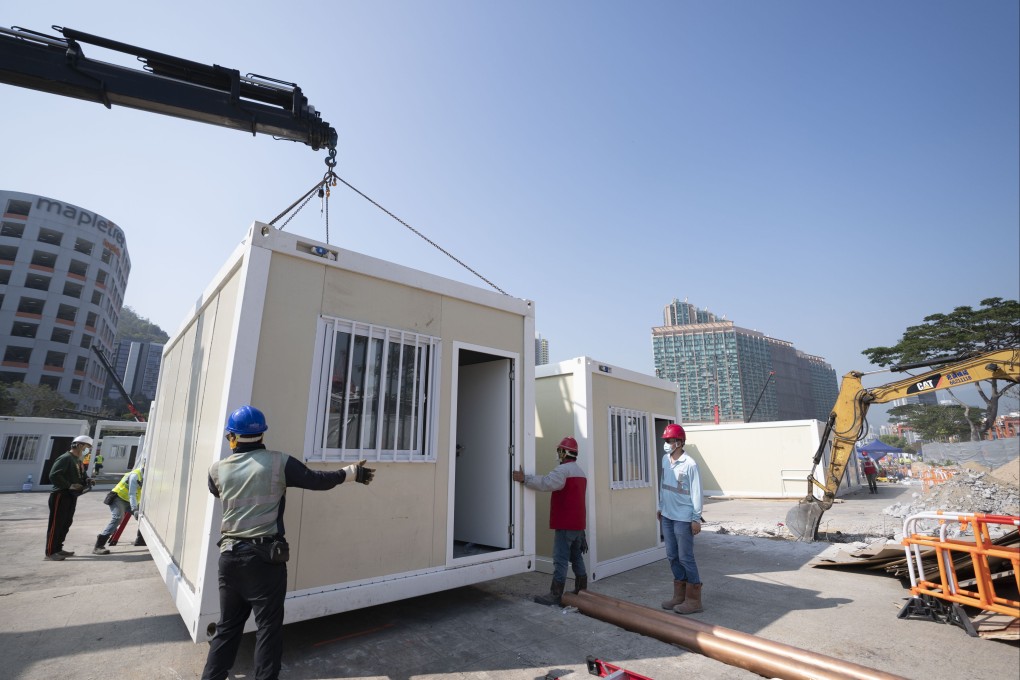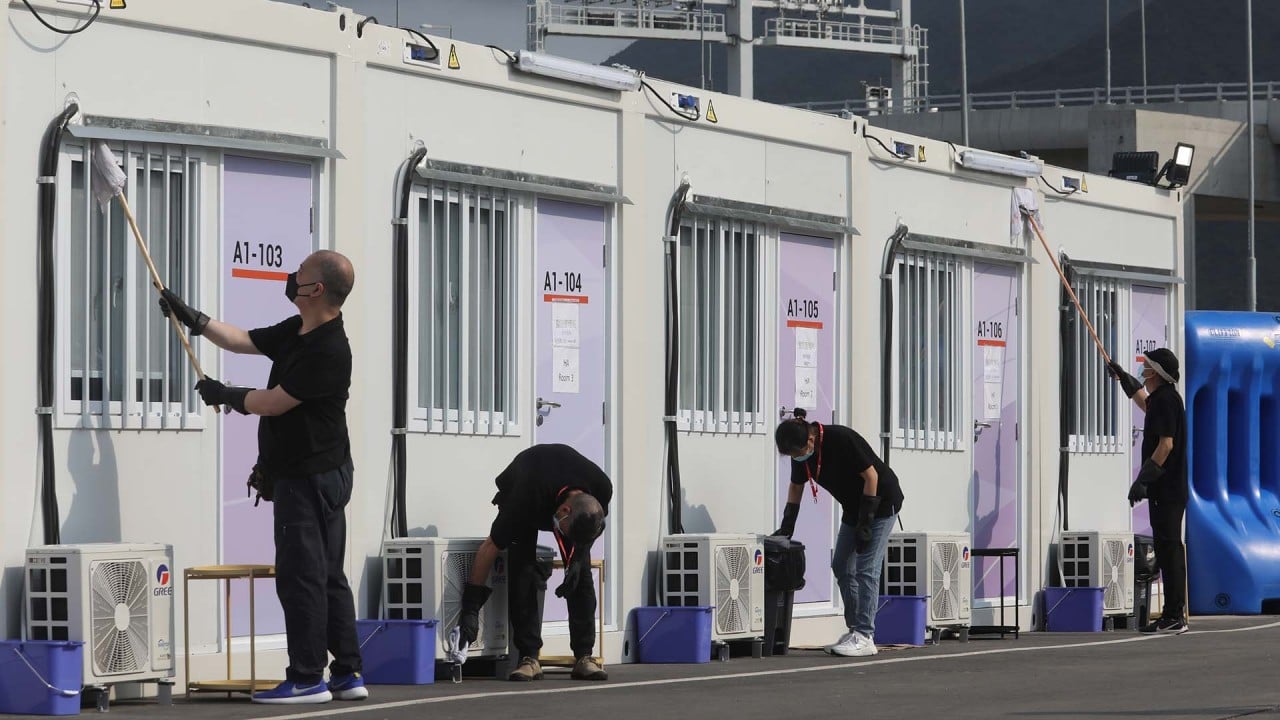Opinion | Don’t let Hong Kong’s construction innovation stop with Covid-19
- The erection of isolation facilities for Covid-19 patients shows that, when the authorities get serious, they can build quickly
- But it shouldn’t take a crisis to realise Hong Kong’s potential; the city should be at the forefront of construction research and development

About 75 years ago, when Le Corbusier sketched out a “plug-in concept” for the Unite d’Habitation residential project in Marseilles, the French master architect already envisioned prefabricated apartments being hoisted and inserted into a concrete structural frame. His vision was limited only by the technology available at the time.
Fast forward to 2016 and New York’s SHoP Architects completed the B2 affordable housing project in Brooklyn – the tallest modular building in the world at the time, at 32 storeys. The project was realised in a city with building codes as stringent as Hong Kong’s, if not more so.
The construction of these basic units within days or weeks deserves credit and recognition. But, without taking anything away from the hard work and efforts of the teams that completed these projects, it was nothing “miraculous”. The efficiency and benefits of MiC might have been an eye-opener for our officials. However, it is nothing new for the construction world.


